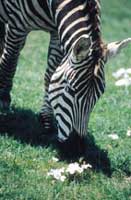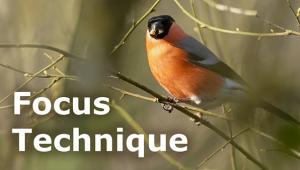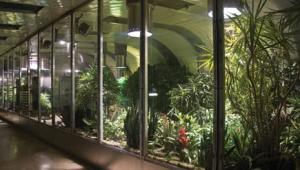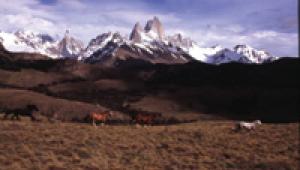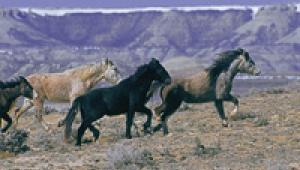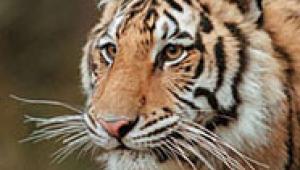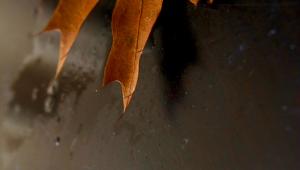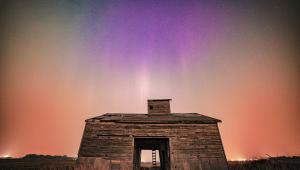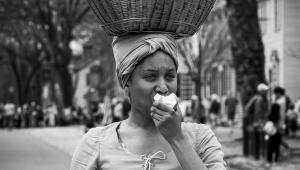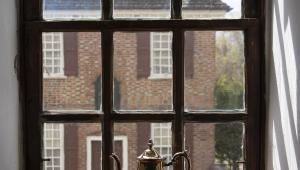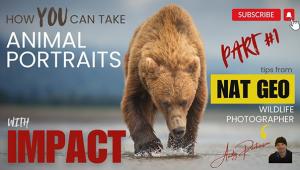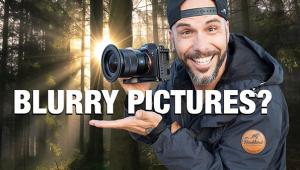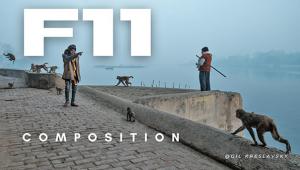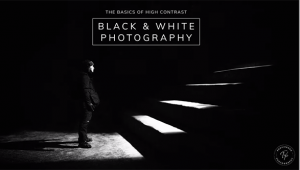Lifestyles
The Doctor Is Out...Out Taking Pictures, That Is
"I used to consider
myself a surgeon, a medical inventor, and a photographer, in that order,"
Dr. Elliot Kornberg says. "Now I consider myself an inventor,
a photographer, and a surgeon. Ultimately I want to be a photographer-inventor-surgeon."
|
|||||||
With the idea that he could
play in this game, Dr. Kornberg bought some equipment of his own and moved
"photographer" into the second slot of his vocation list.
Since then he and his N90s bodies and a selection of zoom lenses have
traveled far and wide: Tanzania, Italy, Russia, France, Israel--and lots
of stops in between. His photos have been exhibited in various venues
and are included in at least one corporate collection. |
|||||||
Ultimately, his photography
isn't about exhibiting or selling, it's about expressing and
sharing. "With a camera and the right situation and light, I feel
I can express myself a lot better than through any other medium."
|
|||||||
|
|
||||||
- Log in or register to post comments



